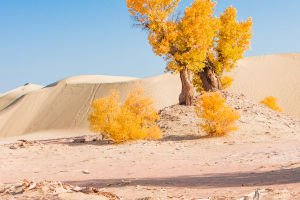The Netherlands is known as the land of windmills because the westerly winds blow all year round, providing resources to harness the wind. Agriculture in the Netherlands is unimaginable without windmills.
Why is the Netherlands called the land of windmills?
Affected by the geographical environment, the Netherlands is located in the prevailing westerly belt of the earth, and the westerly wind blows all the year round. At the same time, it is on the verge of the Atlantic Ocean.
It is a country with a typical marine climate, and the sea and land winds are constant throughout the year.
This provides generous compensation for the use of wind energy in the Netherlands, which lacks water and electricity resources.
The development of windmills.
Dutch windmills, the largest are several stories high, with wings up to 20 meters long. Some windmills are made from a single block of oak. At the end of the eighteenth century, there were approximately 12,000 windmills in the Netherlands.
The big windmill is four stories high, the bottom two floors can be used for people, the third floor is used to store debris, and the top floor is the computer room. Small windmills are usually built on a high platform in order to maximize the use of the wind.
Since the 20th century, due to the development of steam engines and internal combustion engines, the ancient windmills that rely on wind have been almost forgotten.
However, because windmills use natural wind power, there is no risk of pollution and depletion, so they have not only been used by the Dutch all the time, but also become a new energy source and are deeply loved by people.
The source of the windmill.
Originally imported from Germany. At first, windmills were only used to grind flour and things like that. By the 16th and 17th centuries, windmills were of particular importance to the Dutch economy.
The usefulness of windmills.
The Netherlands is a low-lying country. In addition to processing food, windmills can extract oil, saw wood, make paper, and irrigate. Another important use is drainage, draining water from low.
Windmills are a landscape in the Netherlands.
The Dutch believe that windmills are the "heroes" of their development, so they set the second Saturday in May every year as "Windmill Day".
Because windmills are rare these days, the Dutch, like tourists from all over the world, have to go to the Windmill Village Reserve or the Windmill Museum to see them.
Windmills are the pride and symbol of the Dutch nation, as well as the inheritance and promotion of Dutch culture.


